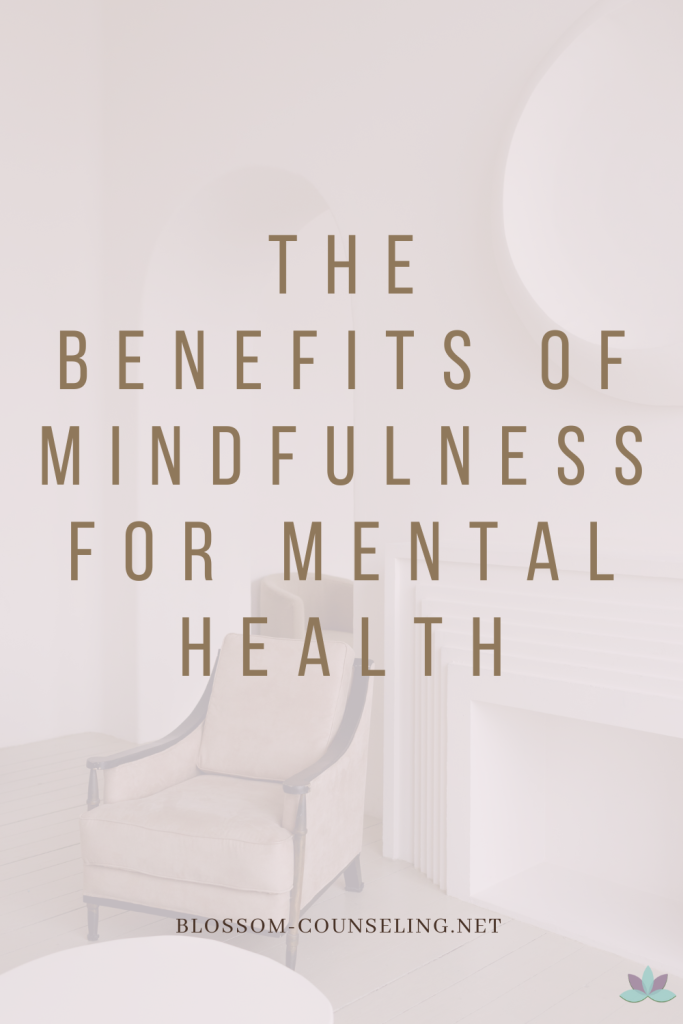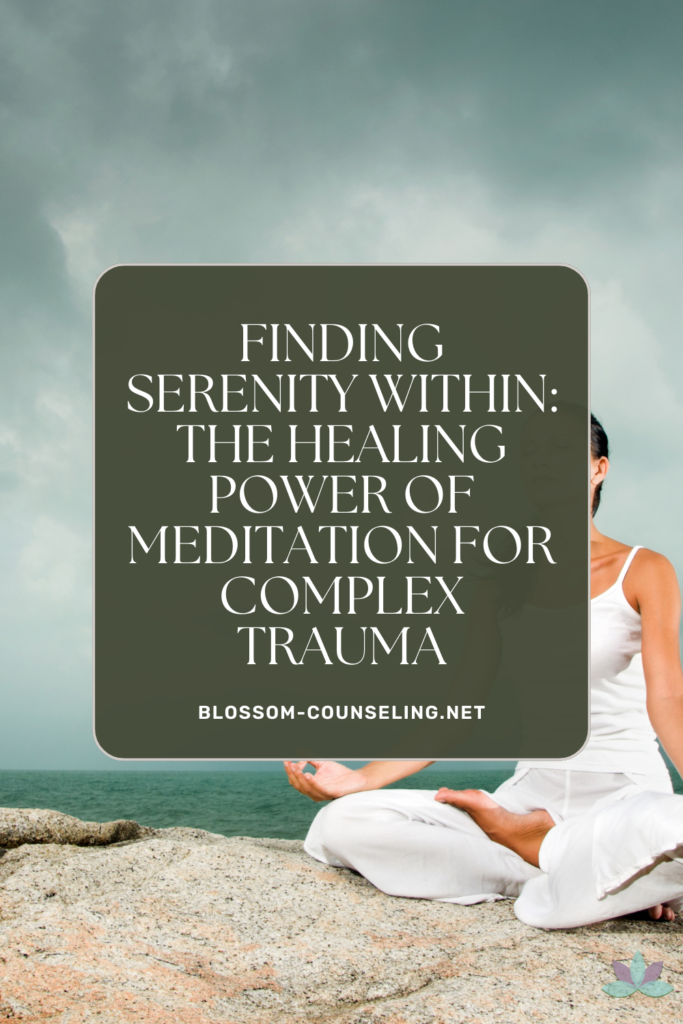
In a world that constantly bombards us with stimuli, from the endless scroll on social media to the demands of our daily routines, it’s no surprise that sometimes our emotional circuits feel overloaded. When this happens, our minds can hit the emergency brake, leading to a state many of us have experienced but might not fully understand: emotional numbness.
Emotional numbness, or the feeling of being disconnected from your emotions, can be a confusing and often isolating experience. It’s like watching life through a foggy windshield—you’re moving, but everything feels blurred and distant. While it’s a defense mechanism the brain employs to protect us from psychological trauma, it can leave us feeling hollow, making it hard to connect with the joy and even the pain that makes life rich and textured.
Why Do We Feel Emotionally Numb?
Emotional numbness can stem from a variety of sources. It could be a symptom of stress, anxiety, depression, or a response to a traumatic event. Sometimes, it’s a side effect of certain medications. It’s the mind’s way of saying, “I need a break.” But like any defense mechanism, when overused, it can become more hindering than helpful.
Recognizing Emotional Numbness
The first step in dealing with emotional numbness is recognizing it. Symptoms can include:
- A feeling of detachment from your emotions or surroundings
- A sense of going through the motions of life without truly engaging
- Difficulty experiencing joy, sadness, or anger
- A lack of interest in activities you used to enjoy
- Feeling distant in relationships and social interactions
Breaking Through the Fog
Mindfulness and Meditation: These practices can help you reconnect with the present moment and your emotional self. Mindfulness teaches us to observe our feelings without judgment, allowing us to become more in tune with our emotional state.
Creative Expression: Whether it’s painting, writing, dancing, or playing music, creative activities can serve as a conduit for expressing emotions that are hard to articulate in words. It’s not about the end product but the process of exploring your feelings.
Physical Activity: Exercise can be a powerful tool in combating emotional numbness. It releases endorphins, which have mood-lifting properties, and can help break the cycle of numbness by reconnecting you with your body.
Therapy: Talking to a professional can provide insight into the root causes of your emotional numbness. Therapists can offer strategies tailored to your specific situation, helping you to navigate and process your emotions in a healthy way.
Building a Support System: Connecting with friends and family, even when you don’t feel like it, can help you feel less isolated. Sharing your experiences with trusted loved ones can provide comfort and understanding.
Routine and Structure: Establishing a daily routine can help bring a sense of normalcy and control. Small tasks, like making your bed or preparing a meal, can give you a sense of accomplishment and a foothold back into experiencing life more fully.
The Journey Forward
Overcoming emotional numbness is a journey, not a sprint. It’s about making small, consistent efforts to reconnect with yourself and the world around you. Remember, it’s okay to seek help, and it’s okay to not be okay. The fog of emotional numbness can lift, revealing a world rich with color and sensation. By taking steps to understand and address your feelings, you’re already on the path to a more engaged and fulfilling life.
|
|




